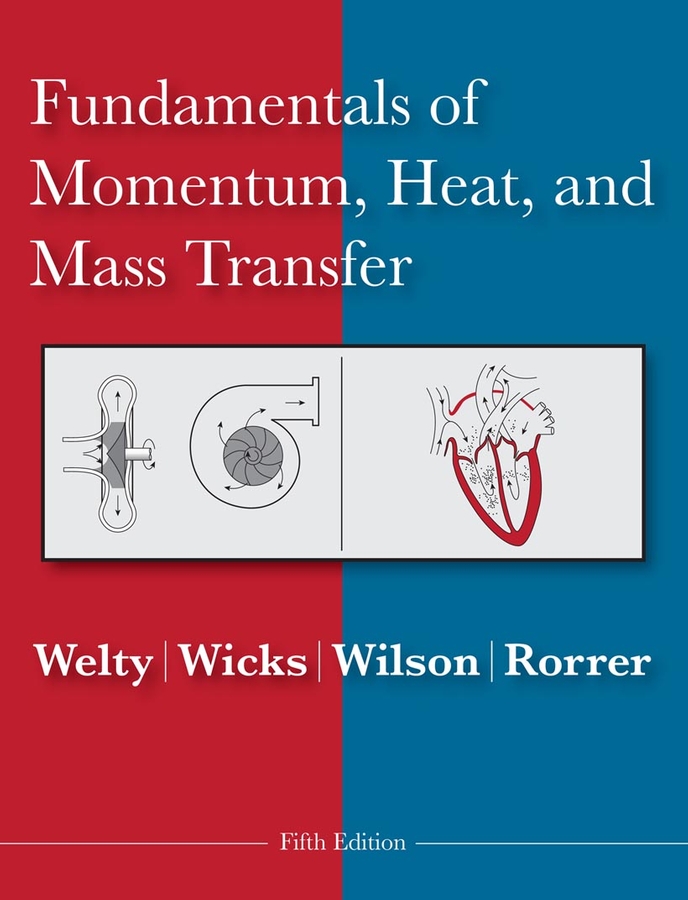CLCTQ
LanguageENG
PublishYear2019
publishCompany
Wiley
EISBN
9781119285519
PISBN
9781119285496
edition
2
- Product Details
- Contents
The 1st edition of Chemical Engineering in the Pharmaceutical Industry contained 44 Chapters and was 887 pages on 8 x 11 page format. The book was divided into 3 Parts: API (Active pharmaceutical ingredients), Drug Products, and Analytics. The new edition is significantly expanded and is split into two volumes, across the broad topics of Drug Substance and Drug Product, totaling 76 Chapters. Most of the original chapters are updated or expanded with additional example calculations of interest to Chemical Engineers. The API volume contains 50 chapters (22 new) while the Drug Product volume contains 26 chapters (20 new). Drug Product focuses on the development, chemical engineering and unit operations specific to the design, formulation, and manufacture of drug products. Drug product unit operations include wet and dry granulations, tableting, spray-coating, spray drying, lyophilization, hot-melt extrusion, controlled release, and direct compression for continuous processing. Technology transfer and scale-up of batch processes are exemplified experimentally and computationally. For the current professionals, in-silico process modeling tools that streamline experimental screening approaches is presented. The emerging field of continuous drug product manufacturing is also discussed. Although continuous manufacturing is in the mainstream for chemical engineers, it is unique in the pharmaceutical industry with regard to the range of scales and the complex economics associated with transforming existing batch-plant capacity to continuous processing. Basic analytics for quantitation of drug product quality attributes, such as potency, purity, content uniformity, and dissolution, are addressed with consideration of the applied statistics, process analytical technology (PAT), and process control. In addition we introduce contemporary methods of data analysis and extend these concepts into Quality by Design strategies for regulatory filings. Finally, technical chapters on commonly used software tools with examples are an important part of this book.
Collected by
- Princeton University
- Yale University
- University of Cambridge
- Harvard University
- Stanford University
- Columbia University Library
- MIT
- UCB











